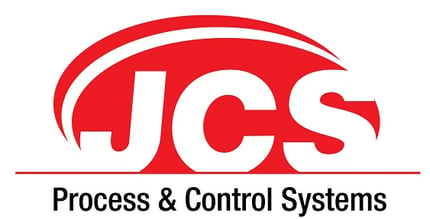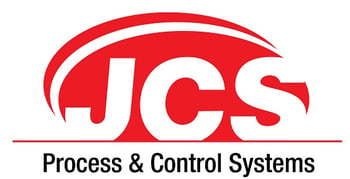Milk and associated dairy beverage processing requires homogenization for fluid stability, and homogenization requires very high pressures to be effective. These high pressures act to heat up the hydraulic fluid inside the homogenizer and it must be cooled. Dairies typically use a steady flow of clean water to cool the recirculating hydraulic oil, and it’s no surprise vast amounts of clean water are being consumed for this purpose.
- Blog
Balance Tank design plays a large role in the efficiency of the product and water changeover of a pasteurizer. Depending on product and application as well as ordinances that must be complied with the Food and Beverage industry, one may or may not have the ability to make efficient balance tank designs. PMO (Pasteurized Milk Ordinance) has specific rules regarding Balance Tanks. In the case of HTST for Grade A milk, the top of the Balance Tank must be lower than the bottom of the PHE (Plate Heat Exchanger), therefore most dairy HTST’s have a design like the one shown in Figure #1 below. However, for HHST (ESL Higher Heat Short Time) or UHT (Ultra High-Temperature Short Time), there is more flexibility on Balance Tank design. JCS typically uses an arrangement as shown in Figure #2 below, with a sump in the bottom of the product Balance Tank which has a small volume with a maximized head, to produce a sharp product to water transition with minimum interface. Coupling this with other design considerations such as Feed Forward Temperature control, in our direct injection system (UltraSys™), and other processing considerations for Deaerators, and Flash Chambers, we always strive to minimize product loss. Below you will find a short description of how the changeovers are controlled.
Data Capture is the first step towards process improvement. No matter the industry that you are in, if you cannot measure it, you cannot improve it. In the Food and Beverage processing industry, this is not an exception. For process control systems, data capture is a vital part of the overall system and is what validates the finished product. JCS has developed a standardized approach to data capture for each control process - batching, blending, clean in place (CIP) systems, and ultra-high temperature (UHT) systems - to record data for regulatory, troubleshooting, process optimization and reporting purposes.




